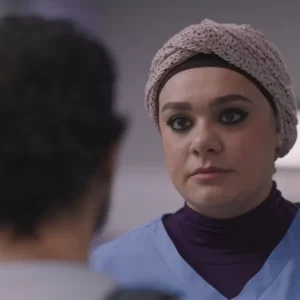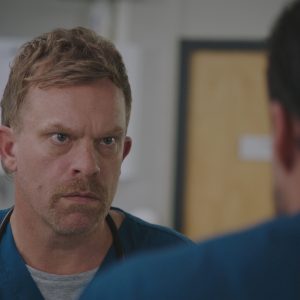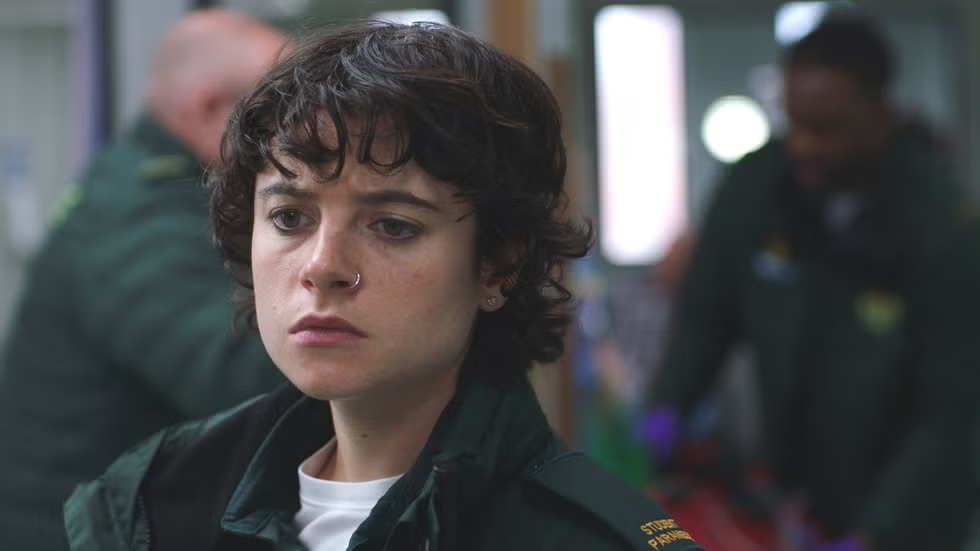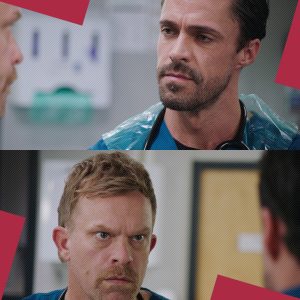The recent riot sparked by the tragic death of schoolgirl Carly Wilson has left Holby City Hospital reeling—not just in terms of patient influx and emergency response, but also in its relationship with the community it serves. As protesters clashed with police, and tensions erupted into violence right on the hospital’s doorstep, the incident exposed the fragile, often strained, dynamic between Holby’s healthcare workers and the residents of the surrounding area.
For the hospital’s administration, the chaos acts as a wake-up call. In the aftermath, it’s clear that security protocols are no longer fit for purpose. The ease with which unrest spilled onto hospital grounds puts patients, staff, and visitors at serious risk. Leadership is now facing pressure to implement robust measures—ranging from enhanced security presence and lockdown procedures, to more sophisticated risk assessments for mass-casualty incidents linked to social unrest.
However, the solution isn’t as simple as putting more guards at the door. Several staff members, including community-minded professionals like paramedics Iain Dean and Teddy Gowan, are urging a deeper, more sustainable approach. They believe the hospital needs to invest not only in safety infrastructure, but also in mending the broken trust between the institution and local residents. Many in the community feel unheard, unseen, and underserved—emotions that boiled over during the vigil for Carly and fueled the violence that followed.
In response, conversations are beginning within Holby’s walls about the future of community outreach. These include proposals to create a liaison team specifically tasked with fostering relationships between the hospital and grassroots organizations. Flynn Byron, the new clinical lead, has floated the idea of regular town hall meetings, where locals can voice concerns and better understand how the hospital operates. Meanwhile, staff like Rida Amaan and Nicole Piper are pushing for workshops that explore cultural competency and social accountability among clinicians.
This drive toward engagement isn’t just about optics—it’s a recognition that healthcare can’t function in a vacuum. When people lose faith in the systems meant to protect and heal them, even the most well-intentioned efforts fall short. Rebuilding that trust will take time, humility, and consistent action.
As Holby recovers from the riot, the focus shifts from immediate crisis management to long-term healing. It’s a critical moment where the hospital must look inward as much as outward—examining its policies, confronting internal biases, and reimagining its role not just as a place of treatment, but as a pillar of community resilience.
In the end, this chapter may mark a turning point. One where Holby learns not just how to treat wounds, but how to prevent them from forming in the first place—by listening, learning, and leading with humanity.





